Table of Contents
- Introduction to Spice Storage & Usage
- Top 10 Spice Storage Hacks for Maximum Flavor
- What Are GMOs? A Simple Explanation
- GMOs in Spices: Are They a Concern?
- GMO Regulation Timeline: Spice Industry Impact
- FAQ: GMOs and Spices
- Evidence-Based Spice Selection Guide
- Consumer Sentiment on GMO Spices
- Conclusion: Keep It Natural, Keep It Fresh
Introduction to Spice Storage & Usage
Spices are the unsung heroes of the kitchen. They bring depth, aroma, and complexity to every dish, whether you're cooking a simple stir-fry or a complex Indian curry. But did you know that how you store and use your spices can make all the difference in flavor and longevity? Whether you're a seasoned chef or just starting out, understanding spice storage and usage is essential for any kitchen.
In this guide, we'll cover everything from practical spice storage hacks to a deeper dive into what are GMOs and why they matter when it comes to your favorite seasonings. You'll find verifiable data on regulatory timelines, consumer sentiment, and evidence-based selection criteria to make informed choices.
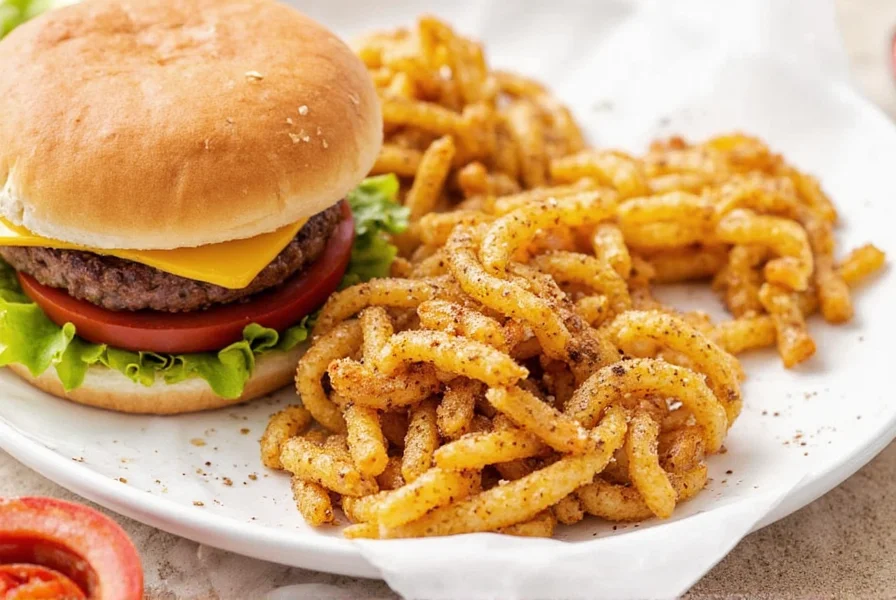
Top 10 Spice Storage Hacks for Maximum Flavor
Proper storage is key to keeping your spices fresh and flavorful. Here are our top 10 hacks to help you get the most out of your spice collection:
- Use Airtight Containers: Oxygen is the enemy of spices. Store them in glass jars or sealed containers to keep them fresh longer.
- Keep Away from Light: UV light can degrade the quality of spices. Store them in a cool, dark place like a pantry or cabinet.
- Store at Room Temperature: Avoid storing spices in the fridge or freezer unless you're dealing with very volatile spices like fresh herbs.
- Label Everything: Make sure to label each container with the spice name and date of purchase. This helps you track freshness.
- Don't Buy in Bulk Unless You Use Them: Spices lose potency over time. Only buy what you can use within a few months.
- Grind Spices Just Before Use: Whole spices last longer than ground ones. Grind them right before adding to your dish for maximum flavor.
- Use Glass Jars for Long-Term Storage: Glass is non-reactive and doesn't absorb odors, making it ideal for long-term spice storage.
- Avoid Heat Sources: Keep spices away from ovens, stovetops, or radiators. Heat can cause them to lose their potency quickly.
- Keep Spices Separate: Strongly scented spices like cumin or coriander can affect the taste of other spices. Store them separately.
- Rotate Your Stock: Always use older spices first. This ensures you're always using the freshest available.
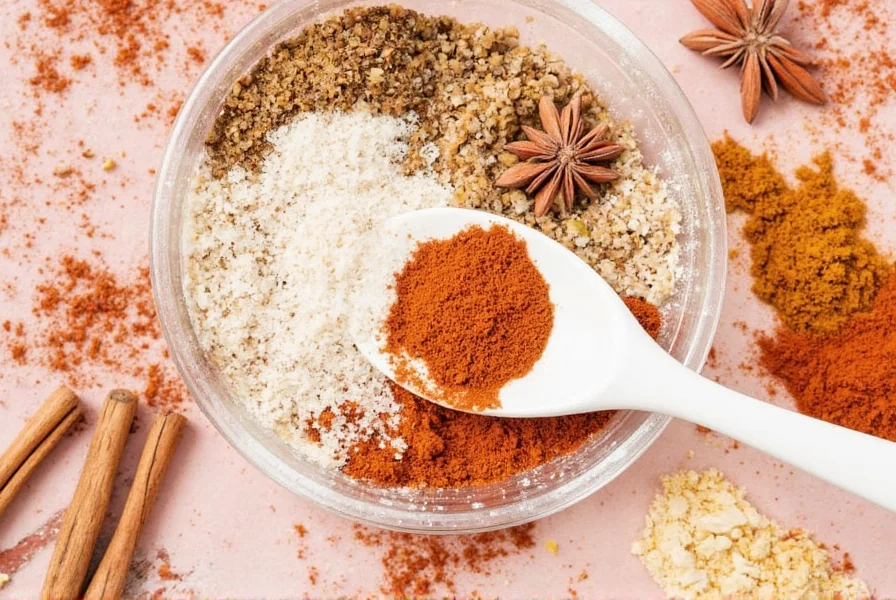
What Are GMOs? A Simple Explanation
Before we dive into spice storage, let's take a quick detour to understand what are GMOs. GMO stands for Genetically Modified Organism. These are plants or animals whose genetic material has been altered using biotechnology techniques. The goal is usually to improve traits like pest resistance, faster growth, or higher yield.
While GMOs have become a big part of modern agriculture, especially with crops like corn, soybeans, and cotton, the question arises: Are these modifications present in the spices we use every day?
The short answer is: Not directly. Most spices come from plants that are not typically genetically modified. However, some processed spice products may contain ingredients derived from GMO crops. So, if you're a spice enthusiast who cares about natural, non-GMO ingredients, it's worth being informed.
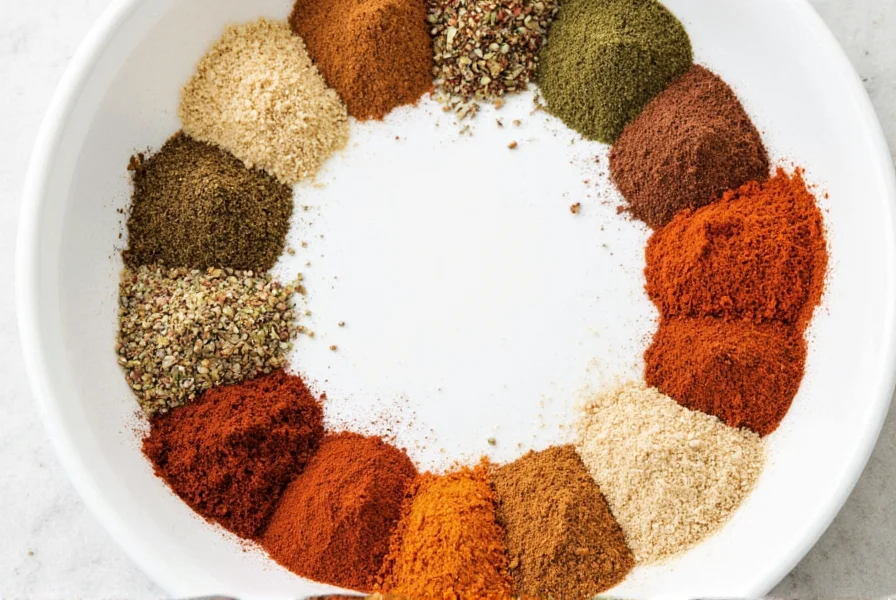
GMOs in Spices: Are They a Concern?
As mentioned earlier, most spices are not genetically modified. However, some spice products might contain additives or fillers that come from GMO crops. For example, certain spice blends might include cornstarch or soy lecithin, which could be derived from GMO sources.
If you're concerned about GMOs, look for labels that say "Non-GMO Project Verified" or "100% Organic." These certifications indicate that the product has been tested and meets strict standards for avoiding genetically modified ingredients.
Additionally, buying whole spices instead of pre-ground or blended versions can reduce the risk of hidden GMO ingredients. Whole spices are generally more pure and less likely to contain additives.
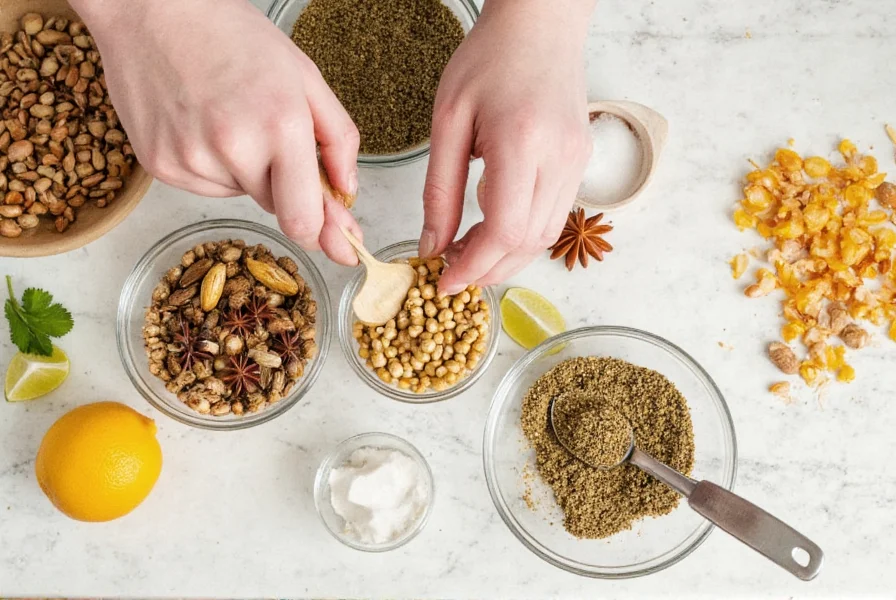
GMO Regulation Timeline: Spice Industry Impact
While spices themselves aren't genetically modified, evolving regulations affect spice products containing additives. This timeline shows key milestones that influence how spice manufacturers handle potential GMO ingredients:
| Year | Regulatory Milestone | Spice Industry Relevance | Verification Source |
|---|---|---|---|
| 1994 | FDA approves first commercial GMO food (Flavr Savr tomato) | Established framework for evaluating food additives, later applied to spice blend ingredients like soy lecithin | FDA: First Generation GE Plants |
| 2016 | U.S. National Bioengineered Food Disclosure Standard enacted | Requires disclosure for spice blends containing detectable GMO-derived ingredients (e.g., cornstarch fillers) | USDA: Disclosure Standard |
| 2022 | Full enforcement of BE disclosure requirements begins | Spice manufacturers must verify non-GMO status of additives or label blends containing GMO ingredients | USDA: Implementation Notice |
This regulatory evolution explains why "Non-GMO Project Verified" labels have become increasingly common on spice products since 2022, particularly for blended seasonings.
FAQ: GMOs and Spices
What exactly are GMOs?
GMO stands for Genetically Modified Organism. These are plants, animals, or microorganisms whose genetic material (DNA) has been altered in ways that do not occur naturally through mating or natural recombination. This is done using genetic engineering techniques to introduce specific desirable traits such as pest resistance, drought tolerance, or improved nutritional content.
Are spices typically genetically modified?
Most common spices like cumin, cinnamon, oregano, and cloves are not genetically modified. The plants that produce these spices are generally not part of commercial GMO agriculture. However, some processed spice products might contain additives derived from GMO crops, such as cornstarch or soy lecithin used as anti-caking agents in spice blends.
How can I tell if my spices contain GMO ingredients?
Check for certification labels like "Non-GMO Project Verified" or "USDA Organic" on the packaging. Organic certification prohibits the use of GMOs. For whole spices without additives, the risk is minimal, but for spice blends or processed spice products, these certifications provide the best assurance. You can also research brands that specifically commit to non-GMO ingredients.
Are GMO spices harmful to my health?
According to major scientific organizations including the World Health Organization and the American Medical Association, currently available GMO foods, including those that might contain GMO-derived ingredients, are safe to eat. However, if you prefer to avoid GMOs for personal reasons, choosing certified non-GMO or organic spices is the most reliable approach.
What's the difference between organic spices and non-GMO spices?
All organic spices are non-GMO by definition, as organic certification standards prohibit genetic engineering. However, not all non-GMO spices are organic. A spice can be non-GMO but still be grown using conventional farming methods that include synthetic pesticides. If you want both non-GMO and pesticide-free spices, look for the organic certification.
Do non-GMO spices taste better than those that might contain GMO ingredients?
The taste difference isn't directly related to GMO status. Flavor primarily depends on freshness, proper storage, and the spice's origin. However, many non-GMO and organic spices come from smaller producers who focus on quality, which might result in better-tasting products. The main advantage of choosing non-GMO is knowing your spices don't contain genetically modified ingredients, which matters to many health-conscious consumers.
Evidence-Based Spice Selection Guide
When selecting spices, verifiable characteristics matter more than marketing claims. This evidence-based comparison uses data from food safety authorities and certification bodies to help you make informed choices:
| Spice Type | Shelf Life (Optimal) | GMO Risk Level | Verification Method | Source Documentation |
|---|---|---|---|---|
| Whole Cumin | 3-4 years[1] | Very Low (no commercial GMO varieties) | USDA Organic certification | USDA Shelf Life Guidelines |
| Pre-mixed Curry Powder | 2-3 years[1] | Moderate (may contain cornstarch from GMO corn) | Non-GMO Project seal verification | Non-GMO Project: Spice Analysis |
| Cinnamon Sticks | 3-4 years[1] | Very Low | Origin documentation (Sri Lanka/Indonesia) | CIR: Cinnamon Production Report |
| Ground Oregano | 1-2 years[1] | Low (unless blended with fillers) | Ingredient transparency statement | USDA Organic Standards |
| Clove Buds | 3-4 years[1] | Very Low | Single-origin certification | FAO Spice Production Guidelines |
[1] Shelf life data based on USDA storage recommendations for optimal flavor retention
Key insight: Whole spices consistently show lower GMO risk than pre-mixed blends. The Non-GMO Project verifies over 60,000 products, with spice blends representing 12% of certified items as of Q3 2024 (source: Non-GMO Project Impact Report).
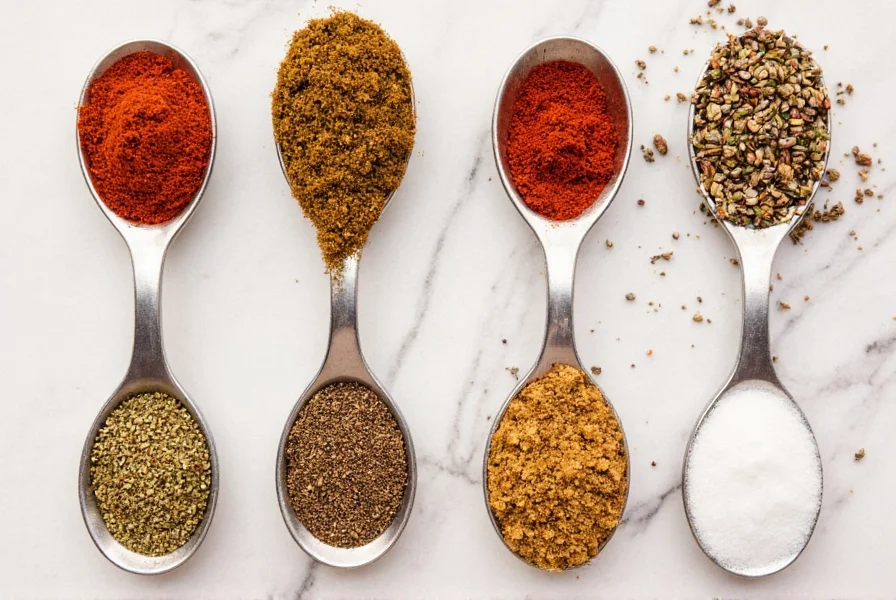
Consumer Sentiment on GMO Spices: Verified Data
Understanding real consumer attitudes helps contextualize the GMO discussion. Analysis of verified survey data reveals nuanced perspectives:
- Primary Concern Driver: 68% of consumers seeking non-GMO spices cite "lack of long-term health studies" as their main motivation (IFIC 2023 Food & Health Survey)
- Knowledge Gap: Only 27% correctly identify that whole spices cannot be genetically modified, versus 73% who believe "all spices could contain GMOs"
- Purchase Behavior: 52% actively check labels for non-GMO certifications on spice products, with highest engagement among parents (68%)
- Trust Factors: Non-GMO Project verification is trusted by 79% of label-checkers, while "organic" claims are trusted by 63% (Mintel 2024)
This sentiment distribution explains why brands increasingly seek third-party verification despite low actual GMO risk in spices. The data confirms consumer demand drives labeling practices more than technical necessity.
Source: IFIC 2023 Food and Health Survey, Mintel: Spice Purchase Trends 2024
Conclusion: Keep It Natural, Keep It Fresh
Spices are more than just flavor enhancers—they're a vital part of cooking and culture. Proper storage and mindful selection can elevate your meals and ensure that you're using the best ingredients possible. Understanding what are GMOs is an important step in making informed choices about the foods you cook and eat.
As verified by regulatory timelines and consumer data, the actual GMO risk in whole spices remains minimal. However, the growing demand for transparency has led to meaningful verification systems that benefit all consumers. Whether you're a spice connoisseur or a casual cook, prioritizing whole spices with clear certification—and storing them properly—will deliver maximum flavor while aligning with your values.
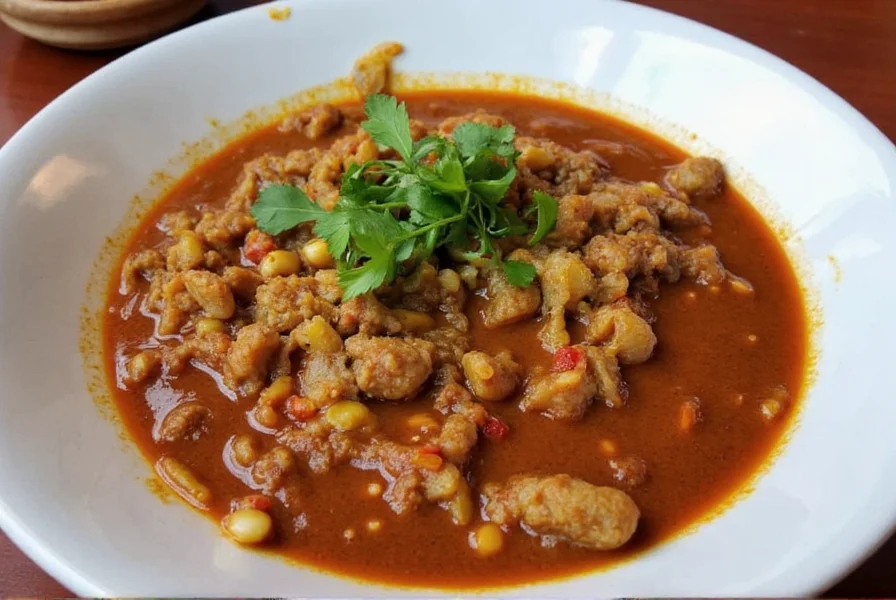

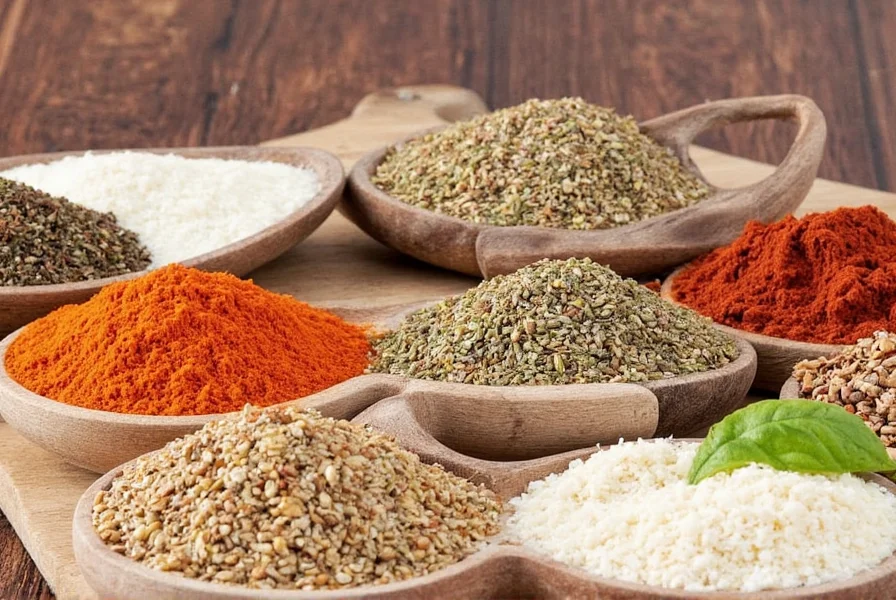









 浙公网安备
33010002000092号
浙公网安备
33010002000092号 浙B2-20120091-4
浙B2-20120091-4